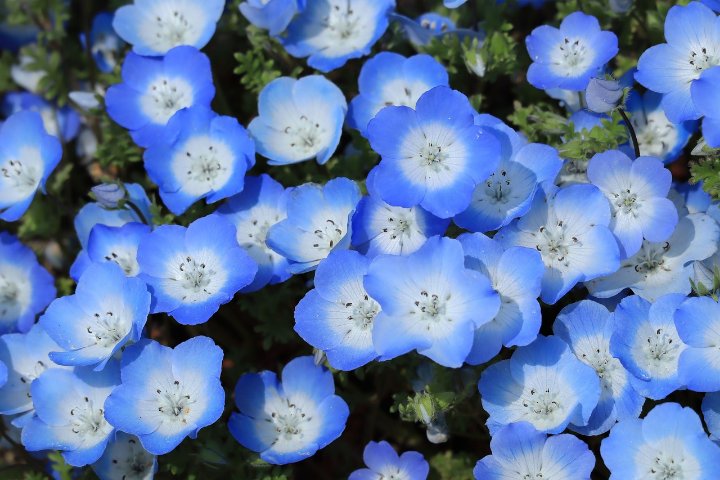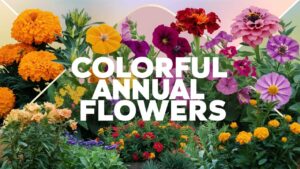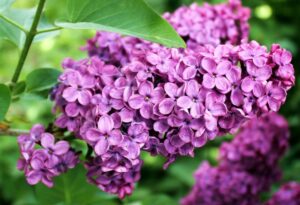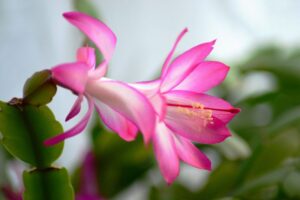Nemophila, commonly known as Baby Blue Eyes, is a charming annual flower prized for its delicate blue blooms and easy-growing nature. Whether cascading from hanging baskets, lining garden beds, or adding a pop of color to rock gardens, Nemophila adds a touch of whimsy to any landscape.
Best Nemophila Varieties
| Image | Name | Rating | Shop |
|---|---|---|---|
 | Nemophila Five Spot Wild Flower Seeds |  | |
 | Nemophila Black & White |  | |
 | Nemophila Baby Blue Eyes Flower Seeds |  |
Nemophila Hardiness Zones
Nemophila is adaptable and can thrive in a wide range of climates, spanning USDA hardiness zones 2 to 11. This versatility makes it suitable for gardens across different regions, from cooler northern climates to warmer southern areas.
How Much Sun Do Nemophila Need
Nemophila thrives in full to partial sun, requiring at least six hours of sunlight per day to bloom abundantly. Plant them in a location where they can receive adequate sunlight, especially during the morning hours when they are most active in blooming. In hot climates, partial shade during the afternoon can help protect them from intense sunlight and prolong their flowering period.
Nemophila Soil Requirements
Nemophila prefers well-drained sandy loam soil enriched with organic matter. Ensure the soil is loose and crumbly to allow for proper root development and drainage. The pH level of the soil can range from acidic to neutral to slightly alkaline, making Nemophila adaptable to various soil conditions.
Nemophila Plant Spacing
When planting Nemophila seeds or seedlings, space them approximately 10 to 12 inches apart to allow for proper air circulation and prevent overcrowding. This spacing ensures that each plant has enough room to grow and spread, resulting in healthier plants and more abundant blooms.
Nemophila Temperature Requirements
Nemophila thrives in cool summer climates and may struggle in regions with hot, humid summers. Plant them in early spring or late fall when temperatures are mild, as they prefer cooler conditions for optimal growth and flowering. In warmer climates, provide partial shade and adequate moisture to help them withstand higher temperatures.
Nemophila Fertilizer Requirements
Nemophila is a native plant that typically doesn’t require supplemental fertilization. However, if your soil is poor or lacks nutrients, you can apply a balanced fertilizer sparingly at planting time. Avoid over-fertilizing, as excessive nutrients can lead to lush foliage at the expense of flowers.
Nemophila Water Requirements
Nemophila has moderate water requirements and prefers consistently moist soil. Water them regularly, especially during dry spells, to keep the soil evenly moist but not waterlogged. Mulching around the base of the plants can help retain soil moisture and suppress weeds, promoting healthy growth and flowering.
Nemophila Humidity Requirements
Nemophila thrives in cool, dry summer climates and may struggle in hot, humid conditions. Plant them in areas with good air circulation to prevent moisture buildup, which can lead to fungal diseases. In regions with high humidity, provide partial shade and avoid overwatering to minimize the risk of disease.
Nemophila Pests and Diseases
While Nemophila is relatively pest and disease-resistant, it can occasionally encounter issues with pests such as aphids. Monitor your plants regularly for signs of pest infestations and take appropriate measures to control them, such as using insecticidal soap or neem oil. Additionally, Nemophila may develop powdery mildew, a fungal disease that thrives in humid conditions. Ensure proper air circulation and avoid overhead watering to minimize the risk of disease.
Conclusion
In conclusion, growing and caring for Nemophila is a delightful experience that rewards gardeners with charming blue blooms and lush foliage. By providing the right growing conditions, including adequate sunlight, well-drained soil, and regular watering, you can cultivate healthy and vibrant Nemophila plants that enhance the beauty of your garden. With their easy-growing nature and charming appearance, Nemophila is sure to become a favorite among gardeners of all skill levels.














